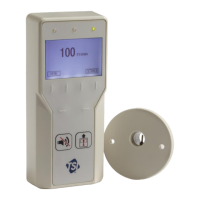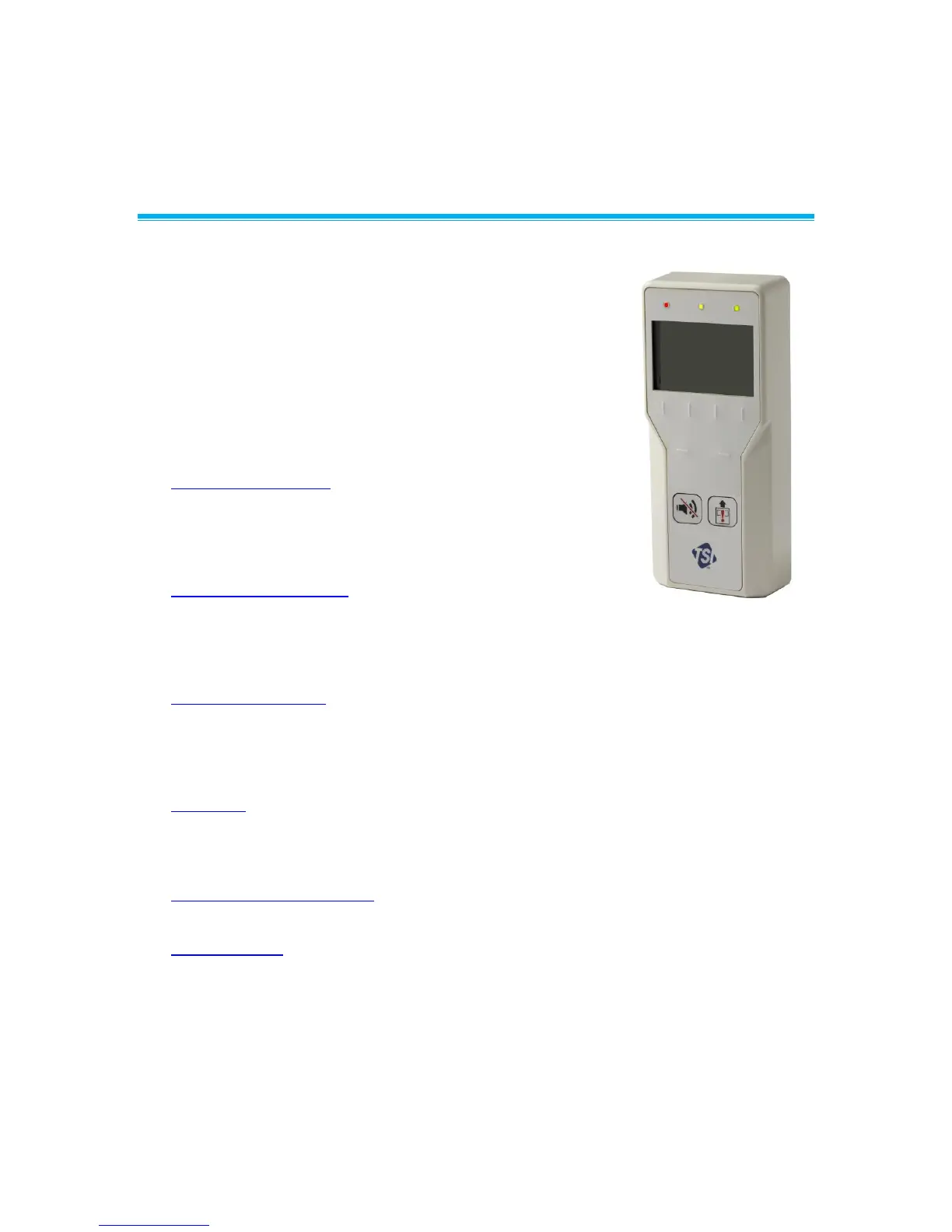Technical Section
Part Two
Technical Section
The Fume Hood Controller is ready to use after being properly
installed and calibrated. The calibration procedure should take
less than 15 minutes. Figure 2 shows the Digital Interface Module
(DIM) which is programmed with a default configuration that can
be easily modified to fit your application.
The technical section is separated into six parts that cover all
aspects of the unit. Each section is written as independently as
possible to minimize flipping back and forth through the manual
for an answer.
The Software Programming section explains the programming
keys on the DIM. In addition, the programming sequence is
described, which is the same regardless of the menu item being
changed. At the end of this section is an example of how to
program the DIM.
The Hardware Configurations section covers the different ways
the DIM can be configured to accommodate the hardware and
sequence of operation that is required. This section explains how
to compare the installed hardware to the necessary settings that
are needed.
The Menu and Menu Items section lists all of the software items available to program and
change. The items are grouped by menu which means all set points are in one menu, control
signal items in another, etc. The menu items and all related information is provided including;
programming name, description of menu item, range of programmable values, and how the unit
shipped from the factory (default value).
The Calibration section describes the required procedure to calibrate the controller. This section
explains how to compare the controller’s velocity reading to a portable thermal anemometer and
then adjust the zero and span to establish an accurate calibration. This section also describes
how to zero a TSI flow station transducer (if installed).
The Maintenance and Repair Part section covers all routine maintenance of equipment, along
with a list of repair parts.
The Troubleshooting section is split into two areas: mechanical operation of the unit and system
performance. Many external variables will affect how the unit functions so it is critical to first
determine if the system is having mechanical problems—i.e., no display on unit, alarms do not
function, damper does not modulate, etc. If no mechanical problems exist, look for performance
problems (i.e., does not seem to read correctly, display fluctuates, etc.). The first step is to
determine that the system is mechanically operating correctly, followed by modifying the
configuration to eliminate the performance problems.

